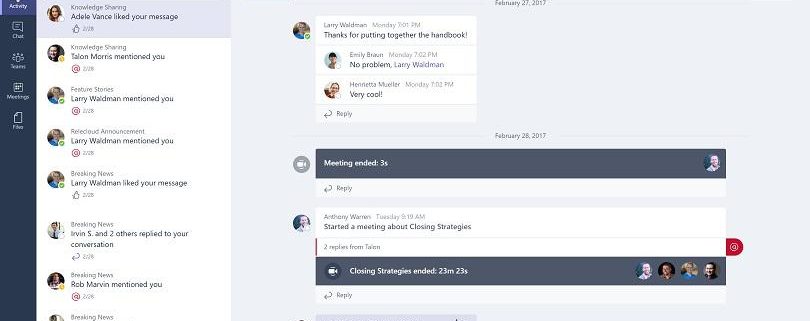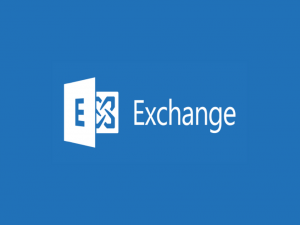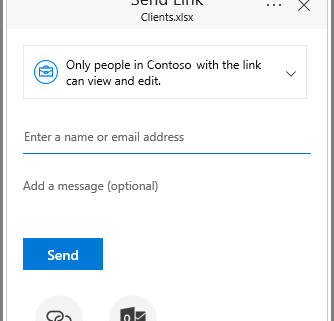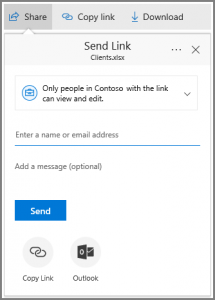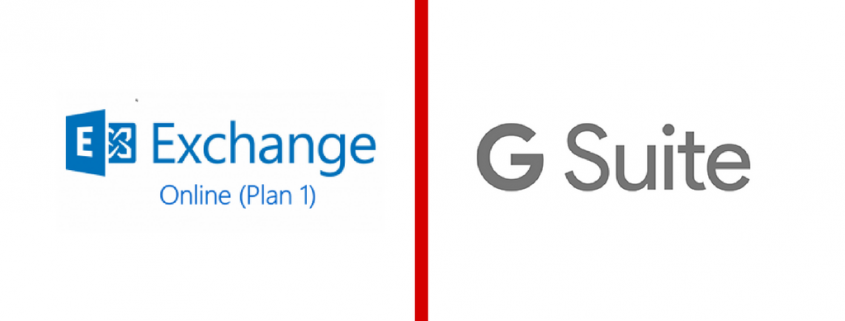Microsoft Teams With Office 365!!
Microsoft Teams brings together the full breadth and depth of Office 365, to provide a true chat-based hub for teamwork and give customers the opportunity to create a more open, fluid, and digital environment. Microsoft Teams is built on existing Microsoft technologies woven together by Office 365 Groups.
-
Leveraged by users and teams who are looking to collaborate in real-time with the same group of people.
-
Helps teams looking to iterate quickly on a project while sharing files and collaborating on shared deliverables.
-
Allows users to connect a wide range of tools into their workspace (such as Planner, Power BI, GitHub, etc.).
Office 365 licensing for Microsoft Teams
The following Office 365 subscriptions enable users for Teams.
| Small Business Plans | Enterprise Plans | Education Plans | Developer Plans |
| Office 365 Business Essentials | Office 365 Enterprise E1 | Office 365 Education | Office 365 Developer |
| Office 365 Business Premium | Office 365 Enterprise E3 | Office 365 Education Plus | |
| Office 365 Enterprise F1 | Office 365 Enterprise E4 (retired) | Office 365 Education E3 (retired) | |
| Office 365 Enterprise E5 | Office 365 Education E5 |
Describes some of the limits, specifications, and other requirements that apply to Microsoft Teams.
| Feature | Maximum limit |
| Number of teams a user can create | 250 |
| Number of members in a team | 2,500 |
| Number of teams a global admin can create | Unlimited |
| Number of teams an Office 365 tenant can have | 500,000 |
| Number of channels per team | 200 |
| Meetings and calls | |
| Feature | Maximum limit |
| Number of people in a meeting | 80 |
| Number of people in a private chat | 20 |
Messaging
Users who participate in conversations that are part of the Chat list in Microsoft Teams must have an Exchange Online (cloud-based) mailbox for an admin to search chat conversations. That’s because conversations that are part of the Chat list are stored in the cloud-based mailboxes of the chat participants.
Microsoft Teams chat function works on a Microsoft Exchange back end, so you can apply the Exchange messaging limits to the chat function within Microsoft Teams
| Feature | Office 365 Enterprise E1 | Office 365 Enterprise E3 | Office 365 Enterprise E5 | Office 365 Enterprise F1 |
| Message size limit † | 25 KB | 25 KB | 25 KB | 25 KB |
| File attachments limit ‡ | 20 | 20 | 20 | 20 |
| Inline images limit ‡ | 50 | 50 | 50 | 50 |
† If the message exceeds this limit, a preview message is generated and the user is asked to view/download the original email from the link provided.
‡ If the number of attachments or images exceeds this limit, the message will not be processed and an NDR e-mail will be sent back to the sender notifying them of the error.
Storage
Each team in Microsoft Teams has a team site in SharePoint Online, and each channel in a team gets a folder within the default team site document library. Files shared within a conversation are automatically added to the document library, and permissions and file security options set in SharePoint are automatically reflected within Teams.
If you don’t have SharePoint Online enabled in your tenant, Microsoft Teams users cannot always share files in teams. Users in private chat also cannot share files because One Drive for Business (which is tied to the SharePoint license) is required for that functionality.
Because Teams runs on a SharePoint Online back end for file sharing, SharePoint limitations apply to the Files section within a Team. Here are the applicable storage limits for SharePoint Online.
| Feature | Office 365 Business Essentials | Office 365 Business Premium | Office 365 Enterprise E1 | Office 365 Enterprise E3 | Office 365 Enterprise E5 | Office 365 Enterprise F1 |
| Storage | 1 TB per organization plus 0.5 GB per license purchased | 1 TB per organization plus 0.5 GB per license purchased | 1 TB per organization plus 0.5 GB per license purchased | 1 TB per organization plus 0.5 GB per license purchased | 1 TB per organization plus 0.5 GB per license purchased | 1 TB per organization |
| Storage for Teams Files | Up to 25 TB per site collection or group | Up to 25 TB per site collection or group | Up to 25 TB per site collection or group | Up to 25 TB per site collection or group | Up to 25 TB per site collection or group | Up to 25 TB per site collection or group |
| File upload limit | 15 GB | 15 GB | 15 GB | 15 GB | 15 GB | 15 GB |
Browsers
Teams supports the following internet browsers.
| Browser | Notes |
| Internet Explorer 11 | |
| Microsoft Edge | Calling and Meetings supported on Edge RS2 or later |
| Chrome, the latest version plus two previous versions | Meetings supported on Chrome 59 or later |
| Calling support coming soon | |
| Firefox, the latest version plus two previous versions |

